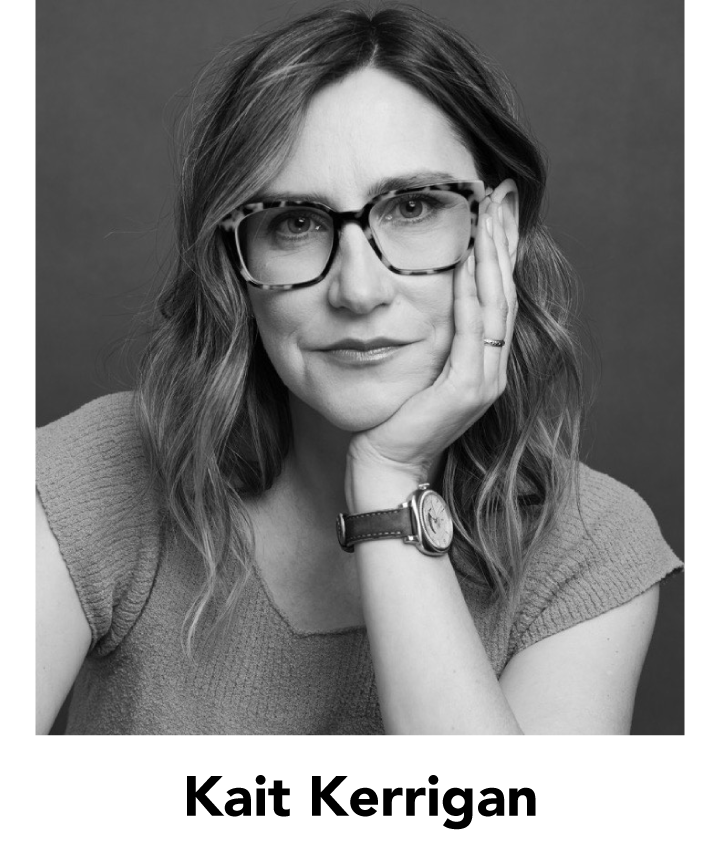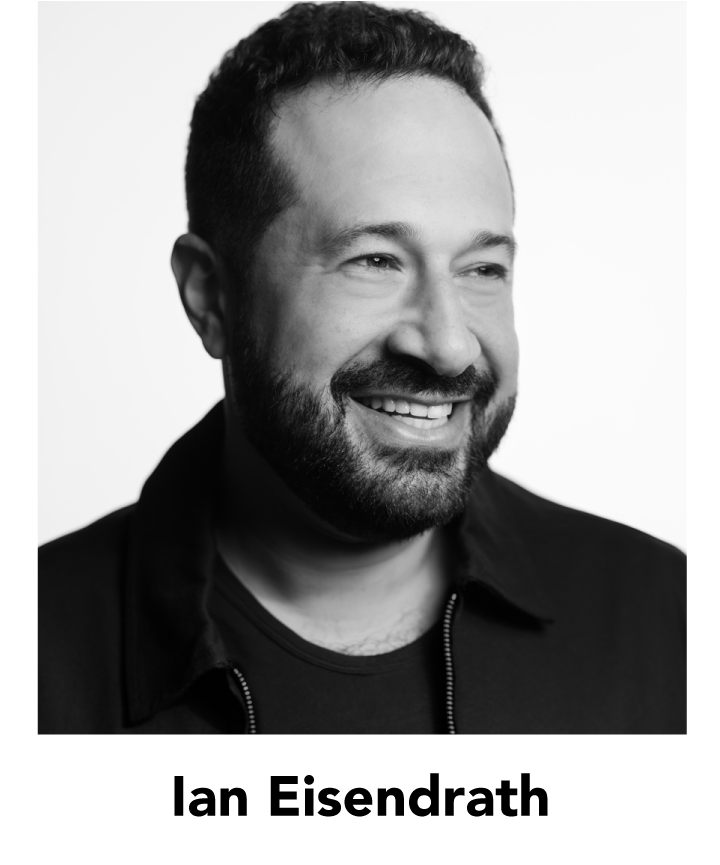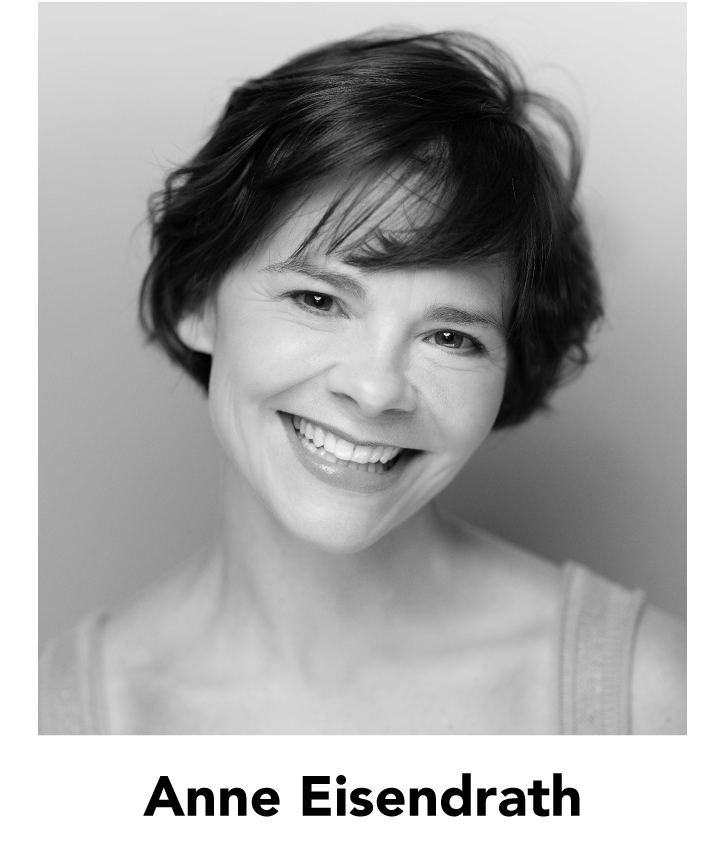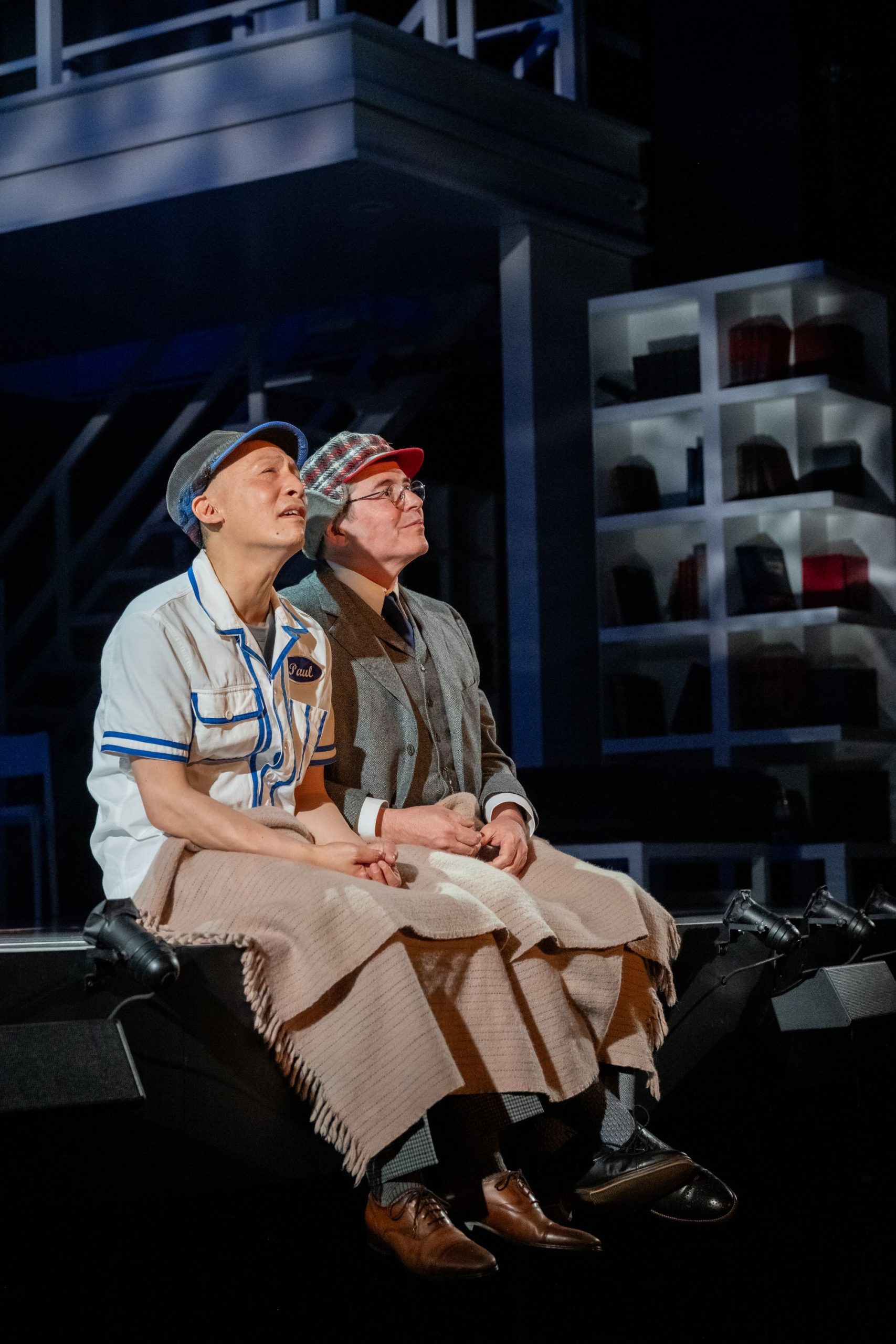Interview with The Heart Creative Team



A chat with the creative team of the Christopher Ashley-helmed world-premiere musical, The Heart: Kait Kerrigan (book and additional lyrics), Anne Eisendrath and Ian Eisendrath (music and lyrics).
Read this wonderfully enlightening interview where they delve into The Heart’s origin story and reveal what makes this upcoming production an enlightening, edge-of-your-seat ride on a powerful wave of emotion.
What sparked the idea for The Heart? How did you all come to be working on it together?
IAN AND ANNE: We had been working on musicalizing a beautiful play about a heart transplant recipient meeting the family of the donor, but couldn’t quite make it work. It was evident at our first reading that uncovering the world of organ donation and transplants was incredibly interesting and emotionally impactful to the audience, but clear we had yet to find the ideal story to turn into a musical. When pitching another project to the producers (Steve and Paula Reynolds) of this first attempt alongside Kait, they said, “This sounds like a fascinating idea for a musical, but we can’t stop thinking about a musical that tells the story of organ donors and donees.” So, we went to work looking for a story, and lo and behold, Kait came across Maylis de Kerengal’s stunning novel, Réparer les Vivants (The Heart in its English adaptation.)
KAIT: When I joined the project, knowing the history everyone had with donor stories, I wanted to find a new touchstone for the writing process. I was particularly interested in the medical side of the story. It was the side of things that I felt like I knew the least about. I did what any contemporary writer did. I google searched “novel about heart transplant, medically accurate” and I found a review of Maylis de Kerangal’s gorgeous novel. As I looked at pull quotes, I saw a quote from one of my favorite medical writers Siddhartha Mukherjee who wrote the phenomenal Emperor of All Maladies, and I immediately ordered the book and forwarded the link to Anne and Ian. We all read it that week and set about getting the rights.
The story is powerful and suspenseful, heart-wrenching and uplifting – and a surprising story for a musical! It’s a window into a vital process that most people don’t get to see – a story of organ donation. What was it about this story that caught your attention and made you believe it was great fodder for an exciting new musical?
KAIT: This is going to sound off the wall, but my first reaction to reading the novel was “It’s like Chorus Line.” Everyone is connected by a single want, and the story creates a compression of time and space that forces us to see characters through the lens of one single day their lives. My second thought was how it related to the French play, La Ronde, and the exciting structure of passing off a narrative from one character to another. My third metaphor was a relay race. All of these references are connected to the idea of an ensemble piece that focuses on the way humanity functions within a system. We feel a sense of propulsion and inevitability, and we’re able to jump deeply into the lives of these people without much knowledge of yesterday or tomorrow beyond their own determination to keep this heart beating.
IAN AND ANNE: The language and beauty of the novel hooked us instantly — the care taken by Maylis with each character, with each situation was so expressive and poetic; a musical adaptation felt imminent. There are so many aspects of the story, themes and characters that appeal to us — the story takes place in a 24-hour period, starting with tragedy and ending with hope and joy; truly human and funny characters; a story on this subject matter that brilliantly avoids being overly-sentimental because the narrative point of view continually shifts from various characters connected to the heart: the nurse who needs to convince the shocked parents of a 19-year old to consider donation of his organs; the organ transplant coordinator who has a very limited amount of time to match patients with available organs; the DJ girlfriend who is waiting, annoyed Simon (the heart donor) went surfing in the early morning and has yet to come home; and a 50-year-old woman in need of a heart transplant who is making peace with the fact that her time has run out).
Kait, you have adapted from a novel for the stage before – notably you adapted The Great Gatsby into a new musical, which is now playing to great acclaim and success on Broadway – congratulations. The Heart is an adaptation of the acclaimed novel, Réparer les Vivants, by Maylis de Kerangel. Can you tell us a little about how you approach an adaptation and, in this case, translation? What does the process look like to start turning a novel into the book for a musical?
KAIT: To state the obvious, not all novels make for natural musicals. The Great Gatsby had a huge challenge embedded in its DNA, which was that it’s written in the first person and is all funneled through Nick Carraway’s perspective. I was excited to break out of his perspective specifically because there were characters and relationships I was intrigued to explore beyond his understanding of them. In particular, I wanted to explore moments of the female characters’ interiority. Réparer les Vivants, particularly Sam Taylor’s beautiful translation, is one of the first novels I ever read that immediately called out to be a musical to me. There is something inherently theatrical about the compression of time — 24 hours — and space — most of it takes place in a hospital. De Kerangel’s interest in the interiority of all of the characters gave us tons of fodder for specific idiosyncratic characters. What sparked us the most was the brilliant and unique decision to make the protagonist the agent of moving this singular heart on its journey from one body to another. I’ve read thousands of novels and I’ve never encountered a structure quite like this one. On stage, it is swift and thrilling to behold. It leaves you with snapshots into how we — as human beings — take action to save a life.
Ian and Annie, the music for The Heart is a journey in itself. A lot of the fast-paced narrative and swelling of emotion comes from the score, but it does not sound like a typical “Broadway” style. Can you tell us more about the unique sound you’re creating for the show?
ANNE: Both Ian and I wanted the score for The Heart to be a fully immersive and visceral sonic experience. Today, music is primarily consumed through earbuds and headphones, as this immersive experience has almost become the soundtrack of our lives. When we began composing the score, I was taking a deep dive into electronic music production, synthesis and the subgenres of electronic music. Ian was on a parallel path, working on K-pop songs for an upcoming animated Sony film and a few other projects leaning heavily on electronic music production. As we imagined this show, we both became excited about using the environs of the story — hospital rooms and hallways, ocean waves, dance clubs, etc. — as the bedrock of the score. The more we worked, the more and more we realized that this mixture of organic sounds and electronic music was going to be our musical vocabulary.
It’s very exciting for La Jolla Playhouse that we are producing the first production of this play. What aspect of the show are you most looking forward to seeing come to life on stage?
KAIT: A show like this comes alive with movement. There is so much beyond what we can put on the page. Our initial conversations with our choreographer and our set designer have been thrilling. [Director] Chris Ashley is such a visionary at creating simple and clear storytelling on stage. Having him involved from early in the process has allowed us to ask questions and rewrite based on how the story will move. In addition to all of that, the soundscape of our show is such a major aspect of the storytelling. Having all of the technical elements come together with the brilliance of these collaborators will be so exciting. Plus, I’ve never been to the San Diego area. I am so excited to watch the surfers at Tourmaline Beach. I think it will be so inspiring.
IAN: This is one of those shows where every department (music, sound, lighting, scenery and projections) have to be working in tandem, firing on all cylinders. I am so excited to work towards and experience the total impact of every artist working on this piece.
ANNE: (*WARNING: POTENTIAL SPOILER*) We all were so taken by the scene in the book where Thomas restores Simon’s body and, in an act of honor and in reverence, sings over the body. Simultaneously, Marianne awakes from a vision in which Simon is led a grand medieval funeral procession. The chapter, the imagery in those two sections of the novel are a prime example of why this text deserves music and a visual life. Personally can’t wait to see this specific moment come to life in “Marianne’s dream.”
Christopher Ashley is directing The Heart. Playhouse audiences are, of course, very familiar with Chris’s work. How has it been working together with Chris on the vision for this musical?
IAN: Chris is a longtime, cherished collaborator of mine. Our first project together was Come From Away at LJP in 2015, and from the moment we started working together, I found our synchronicity and values to be incredibly aligned. As soon as we started working on The Heart, I knew we’d be in the best possible hands with Chris. Like Come From Away, this musical features a small cast of actors transforming into a variety of characters. He knows how to pack an intense emotional punch without ever allowing the actors and piece to become melodramatic, he has a delightfully sideways and true-to-life point of view that often result in grounded, surprising, refreshingly quirky and unique moments on stage.
ANNE: I’ve known Chris as a friend for years because of Ian’s involvement in Come From Away. I am beyond thrilled to work with him, we all are. As a leader and director, he sets a beautiful tone for making great work. Everyone is free to bring their best and make something great together. His genius is the ease at which he lets ideas take on a life as he invests in them, so creation can evolve effortlessly. As a new writer, I’ve felt so safe to experiment, to take risks, to have fun, to play.
KAIT: I met Chris when I was a baby writer. I had just graduated from college, and his reputation already preceded him. He asked dramaturgical questions that absolutely blew my mind, and they were always dead-on. I was floored by him and the way his mind works. Being able to come full-circle and be inspired by, rather than blown out of the water by, his incredible questions and understanding of theatrical and musical storytelling has been a highlight of my career. I continue to love the way his brain works, and I now I feel like I’m able to fully take advantage of it because I’ve learned so much in the intervening years.
Describe what you hope the audience will experience and take away from this musical in one or two sentences.
KAIT: Our show is swift and packs a punch. I hope audiences will be swept up and surprised. As they walk out of the theatre, I hope they will feel their own heart beating, hug their people and go out into the world a little more connected to the fragility and resilience of our humanity.
IAN: I hope the audience will leave the theatre with a huge adrenaline rush, with a newfound passion to do everything possible to fully embrace life and the opportunities human beings have to both give and receive life. I really hope that this musical will result in thousands of new organ donors. I also hope that the propulsive and immersive electronica score will dazzle, entertain and deeply move the audience.
ANNE: I second Ian and Kait! I want people to feel an acute awarerness of being ALIVE, and the immense BEAUTY and VALUE of that gift. We all take it for granted, and I hope this show can remind us all to be so grateful for each moment.
Do you have a favorite play or musical – the theatre experience that you’ll never forget?
KAIT: Too many to count. One of my first memories is being 3-years-old watching the ballet in the wings of a community theatre production of Carousel. Many of my most profound moments of seeing theatre were times I felt like I was experiencing something that felt genuinely new: the structural acrobatics of Bootycandy by Robert O’Hara, hearing “Ring of Keys” in Fun Home, the final moments of Mary Jane by Amy Herzog, the thrilling flashback of “Satisfied” in Lin Manuel Miranda’s Hamilton, running through the halls of Sleep No More.
ANNE: One of the most surprising moments I’ve had with theatre was watching the first workshop presentation of Come From Away. Ian had been tirelessly working on a handful of musicals that summer, and I was pretty burned out taking care of our three very young kids. It was definitely a moment I was asking, “Why are we doing this?” Ian hired a babysitter and said, “I really want you to see this one, it’s special.” And I went to that first workshop and was just blown away by how powerful the story was, how it shined this huge light on kindness and goodness in the midst of devastating tragedy. And I remember giving him a big hug and saying, “This is why we do this.” And from that moment on, I haven’t looked back!
IAN: I think Sweeney Todd is the perfect musical. As a young person, I was given the opportunity to musically direct and conduct the score with the original full orchestration, and after researching and studying the construction of the score, I have never viewed narrative-driven music the same. I’d also add Ragtime (being in the second row of the second preview on my first trip to New York at age 17) and Parade.
Any other interesting facts or info you’d like to share at this early stage?
IAN: I am loving creating this show with my wife, Anne. (We have been looking for a project to do together for over a decade, and her knowledge and obsession with EDM and electronica has made this truly exciting). The addition of Kait Kerrigan has made for a pretty idyllic process. I am also really looking forward to continuing our collaboration with Juan Ariza and Elin Sandberg (insane music producers and artists) and Gareth Owen (sound designer) and his associate, Russell Godwin — we are all really excited about creating a new, highly-immersive sound-music experience in the theatre.
ANNE: I also want to chime in with love for my writing team. The three of us have such a unique balance of gifts and talents. Kait and Ian are BRILLIANT. Their questions, challenges and beautiful ideas take the work to the next level, and personally I’m doing better work with them than I have ever been able to do on my own. I am so grateful for the alchemy that takes place when the three of us tackle the material. They have also been so open and enthusiastic about some of the unconventional ideas and instincts I bring to the table, as I exist somewhat outside the musical theatre realm. And of course, writing a show and creating music with my husband is the culmination of a longtime dream that we’ve had to work together.
